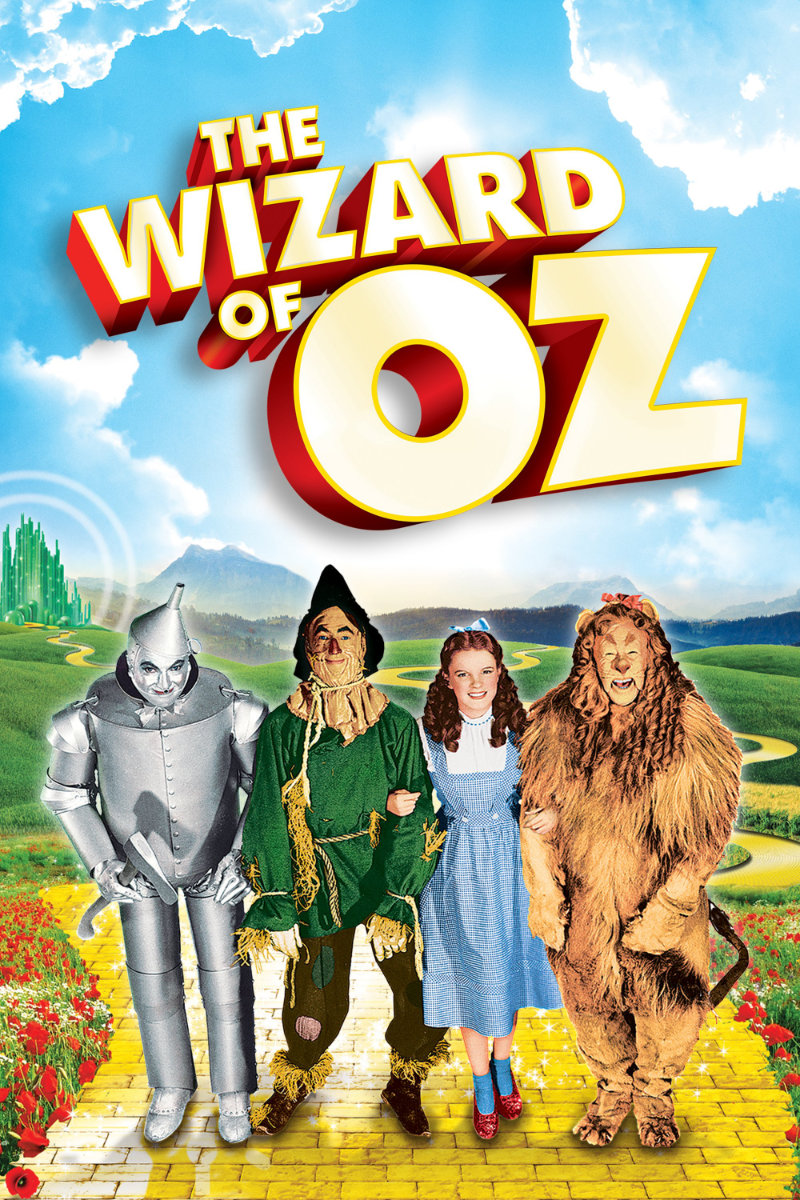

You may even create an anchor chart with your students like the one below.

Pack up a few minutes early, and let students practice their scriptsuntil their bus is called.Try finding scripts that match up with your social studies or sciencestandards, and do reader’s theater during those times.Pass out a script after the test on Friday or in place of a textbook storyone day.TRUTH: Reader’s theater doesn’t have to require a huge time commitment. MYTH #2-Reader’s theater takes too much time. Divide students into groups, and put them in charge of producing a play. If you do want to go all out, wait until the last week of school or theweek before winter break.Have students sit in their chairs in a circle with everyone’s kneesfacing the center, no need for “places” or acting, just reading.The fact that it is divided into parts is special enough. You don’t have to have props, sets, or any of that. TRUTH: You can make reader’s theater as big or as small as you want it. MYTH #1-Reader’s theater must be a big production. Maybe you have believed some of these misconceptions, too, and my goal is to help debunk the myths. I soon realized I had been thinking of reader’s theater all wrong and letting the misconceptions prevent me from utilizing a valuable teaching tool. How could I possibly add one more thing? In my mind, I had made it this giant production that required tons of time and involved massive preparation including sets, costumes, and tense practice sessions.

I first heard about reader’s theater in college and thought, “How fun! I will definitely do that when I have a class of my own.” When I did get my very own classroom, however, I was overwhelmed with everything that I was supposed to fit into my reading block. 5 Reader’s Theater Myths Debunked (and Tips to Make it Work in YOUR Class!)


 0 kommentar(er)
0 kommentar(er)
